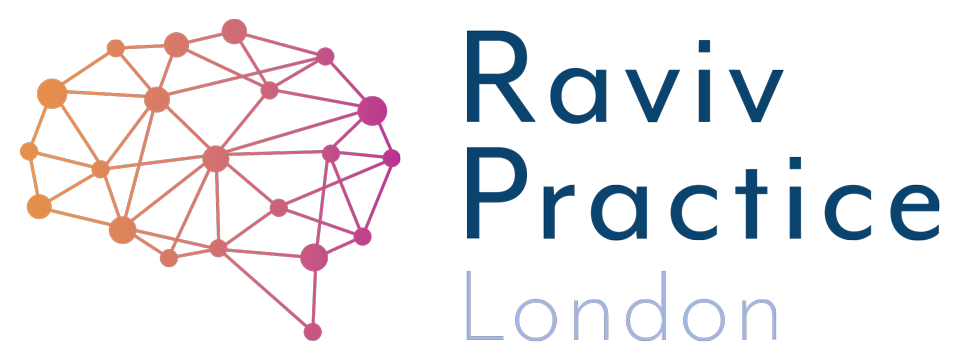Why your child should have rhythmic skills and what you can do to help
Bal-A-Vis-X is an exercise programme to help learning suited to all. It stands for Balance, Auditory Vision, eXercise and is often used to support children with special educational needs. It addresses all the fundamental skills required by a child before they start in the academic word of school. Bal-A-Vis-X is also very unique in providing a vital skill that is not nurtured enough in schools and affects how well and fast children absorb information. This skill is 'rhythm!'
Why is Rhythm so VERY important?
To understand rhythm and its importance we have to start with the unborn baby. Rhythm begins in the womb when the baby is listening and feeling the rhythmic patterns of his/her mother's heart beat, breathing and movement patterns. These rhythmic patterns provide the much needed motor-sensory patterning required later for nursing, crawling, walking, skipping and jumping. The imprint of patterning at this early stage in development is also linked to language acquisition. Without this implicit skill of rhythm motor planning and co-ordination is poor.
For a new mum watching her new baby crawl is a great example of rhythmic movement. So is watching an adult 'galloping' down a long stair case. The agility, timing, and pace required to run down a set of stairs can be so fascinating to watch, and is as telling as being able to dance! It is this 'getting into pace' that allows automatic flow. And without automatic flow movement appears awkwardly disjointed and clumsy.
How do rhythmic skills help and if your child is struggling with motor coordination can you help?
If you know of an adult that can't dance you know what is meant by the saying you either 'have rhythm or your don't!' But rhythm can be taught by parents and professionals alike. The techniques used in Bal-A-Vis-X are all teachable and can be transferred successfully from the parent/teacher to the child with little ease. Using inexpensive materials of small bouncy balls, or small sand filled bags, the process of tossing/catching or bouncing/catching help embed a skill which are relatively impossible to learn if ' you don't have rhythm naturally.' And, you don't need to be athlete to do this programme. Children start off by passing the sandbags (hand size) rhythmically in place of throwing or rolling a large ball rhythmically instead of bouncing. Incremental steps bridge the new learners gaps and slowly they start doing what may have been conceived as impossible before. The rhythmic skill learnt in Bal-a-vis-x is transferred to better football, swimming, writing, bike riding, dancing, playing the piano and many other things!
Who uses it and how is used to help struggling learners?
Bal-A-Vis-X is used in the classroom by teachers TAs, Occupational therapists and parents with SEN children. It is a programme that encourages children to teach one another.
The movement and rhythmic patterns help embed/retain information which would otherwise be random. Seeing children grasp concepts of sequencing is very satisfying especially as these exercises are perceived as fun. Children do not want to stop, it is pretty difficult to get them to put balls down when their time is up! With over 300 exercises to teach there is a challenge for all levels of ability.
Where can my child do the classes?
Usha Patel at Raviv Practice London (and Integrated Brain) is a Sanctioned Bal-A-Vis-X Practitioner. She works in schools and privately with children of all ages. All children start Bal-A-Vis-X one-to-one. Children become integrated into a small group once they are able to do a number of exercises. For information on our next workshop please follow the link
